Hockey Goalie Skates Vs Regular Skates – Which is Right for You?
When it comes to playing hockey, one crucial decision goalies face is choosing between goalie skates and regular skates. Both options have their own unique features and advantages.
In this article, we’ll compare goalie skates vs regular skates and help you make an informed decision.
Goalie Skates Vs Regular Skates
Hockey goalie skates and regular skates, often referred to as player skates, are designed differently to meet the specific needs of each position in ice hockey.
Here are discussing key factors such as protection, blades, attack angle, sizing, ankle mobility, and some key differences between goalie skates and regular skates:
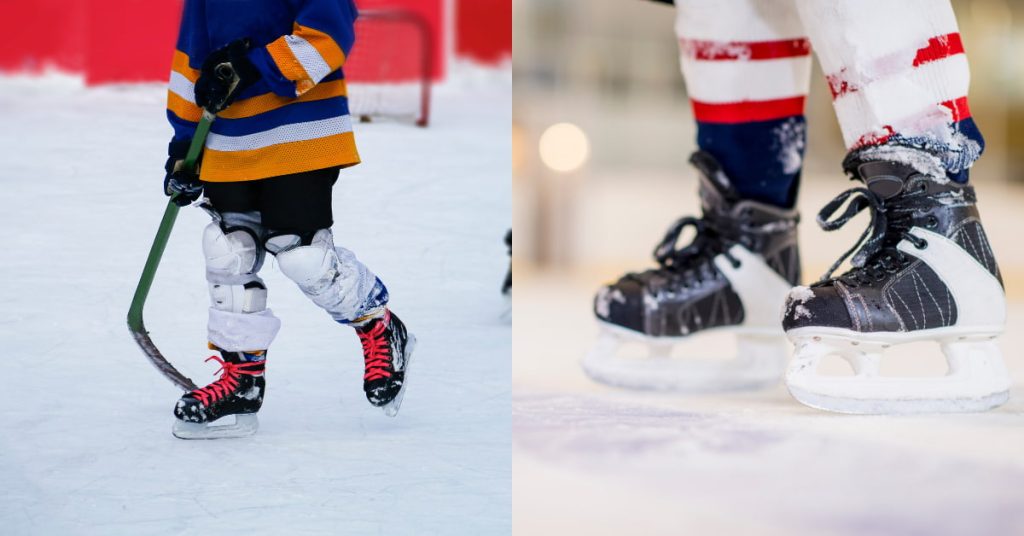
Protection
When it comes to protection, goalie skates have an side over regular skates.
The goalkeeper’s skates are specially designed with extra padding to protect his or her feet and ankles.
The additional padding helps absorb impact from pucks and reduces the risk of injuries caused by shots or collisions around the net.
Regular skates, while still offering some level of protection, may not have the same level of specific goalie-oriented features.
Blades
On goalie skates, the blades are flatter and longer than on regular skates. In the crease, this design allows goalies to maintain better balance and stability, making lateral movements and side-to-side movements easier.
The flatter blade profile increases the surface area in contact with the ice, providing a solid foundation for goaltenders to push off and maintain their position.
For players who are actively involved in skating up and down the ice, regular skates have shorter, more curved blades, which improve agility and maneuverability.
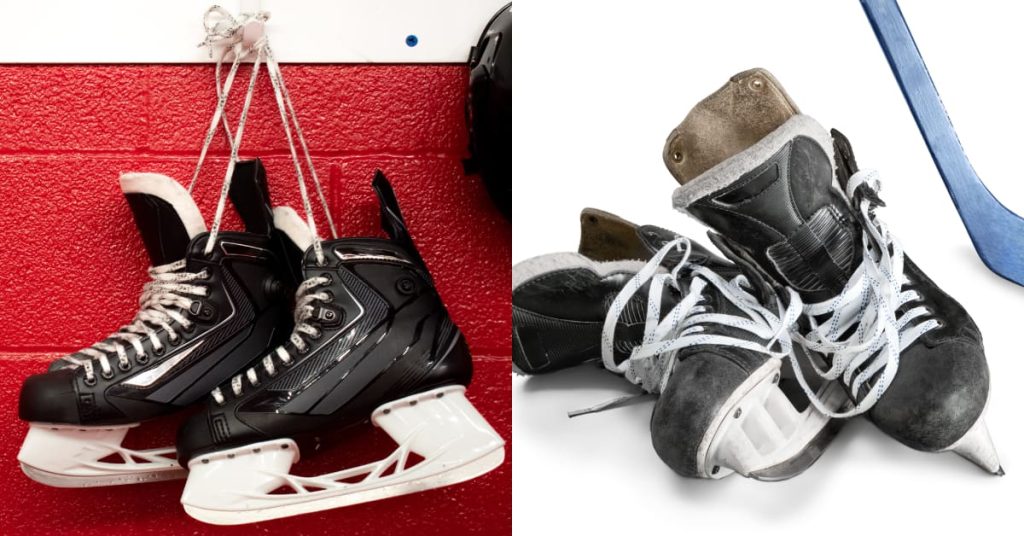
Attack Angle
The attack angle refers to the angle at which the blade touches the ice.
Goalie skates typically have a more upright attack angle, allowing goaltenders to easily push off and move laterally in the crease. The upright angle facilitates quick side-to-side movements, enabling goalies to cover the net effectively.
Regular skates have a forward-leaning attack angle, which facilitates efficient forward and backward strides, essential for players who engage in skating up and down the ice, changing directions quickly, and making sharp turns.
Sizing
Goalie skates are often sized differently from regular skates. They tend to have a more relaxed fit, providing goaltenders with additional room for thicker padding and better foot stability.
The extra space inside the skate also allows goaltenders to wear custom orthotics or specialized insoles for added comfort and support.
In contrast, regular skates generally have a tighter fit, focusing on maximizing speed and maneuverability for players. The snug fit helps optimize power transfer and responsiveness during skating.
Ankle Mobility
Goalie skates prioritize ankle mobility, allowing goaltenders to move their ankles more freely.
This increased mobility is essential for quick lateral movements and getting into low, crouched positions to make saves. The flexible ankle design in goalie skates enables goalies to push off effectively and react swiftly to shots from various angles.
Regular skates, while still providing ankle support, may restrict mobility to some extent to maintain stability during fast-paced play.
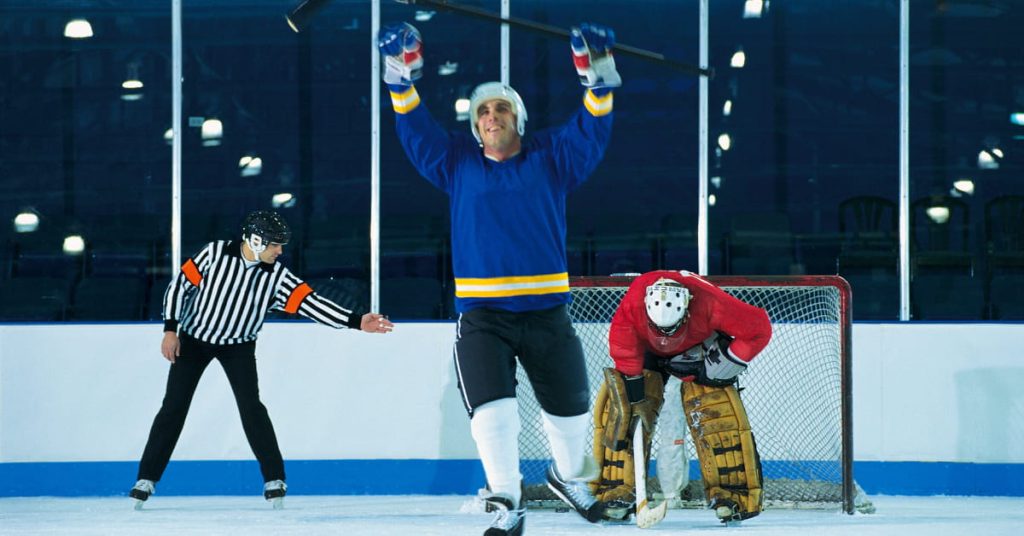
Should I Wear Goalie Skates?
Choosing between goalie skates and regular skates depends on your role on the ice.
If you primarily play as a goaltender, investing in a pair of goalie skates tailored to your position is recommended. Goalie skates are specifically engineered to meet the demands and movements of goaltending, offering better protection and stability.
However, if you play other positions and occasionally fill in as a goalie, regular skates may be a more versatile option, allowing you to transition between positions more easily.
How Long Does It Take To Adjust To Goalie Skates?
Adapting to goalie skates can take some time, especially if you’re used to playing in regular skates.
The adjustment period varies from person to person, but with consistent practice and getting accustomed to the unique features of goalie skates, you can quickly adapt and feel comfortable in them.
It’s important to allow yourself enough time to break in the skates, adjust to the different blade profile, and get a feel for the increased ankle mobility.
Gradually incorporating goalie skates into your training sessions and games will help you develop the necessary muscle memory and confidence on the ice.
Conclusion
In conclusion, the choice between goalie skates and regular skates ultimately depends on your role and preferences.
Consider your playing style, position, and level of commitment to make an informed decision. Regardless of your choice, remember that practice and getting comfortable in your skates are key to improving your game on the ice.

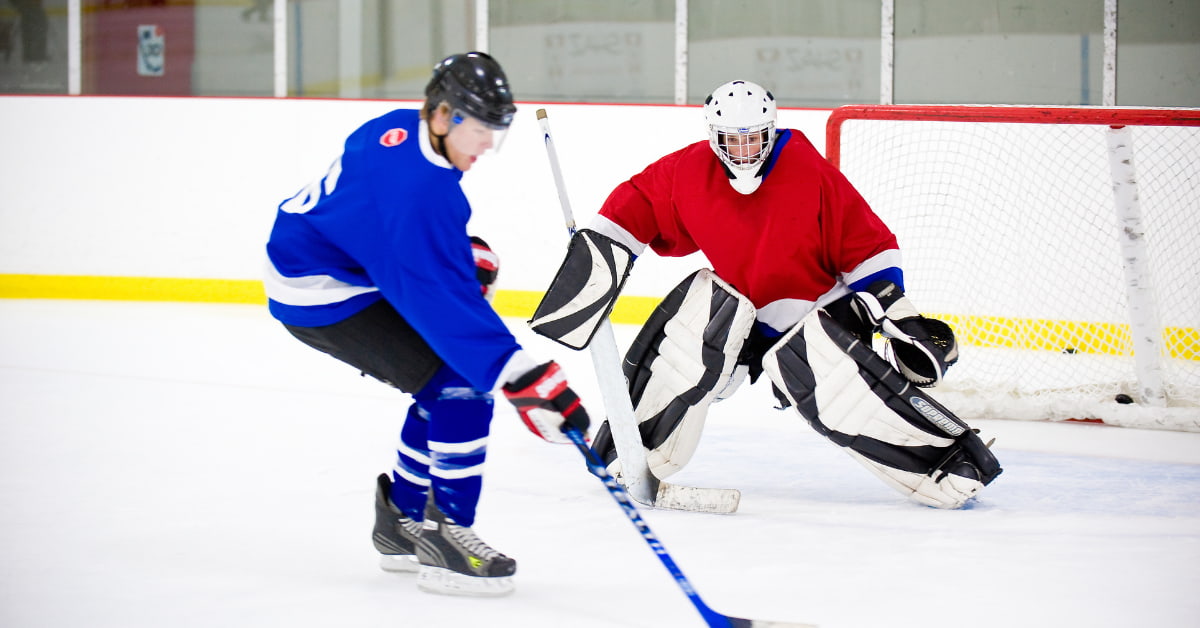

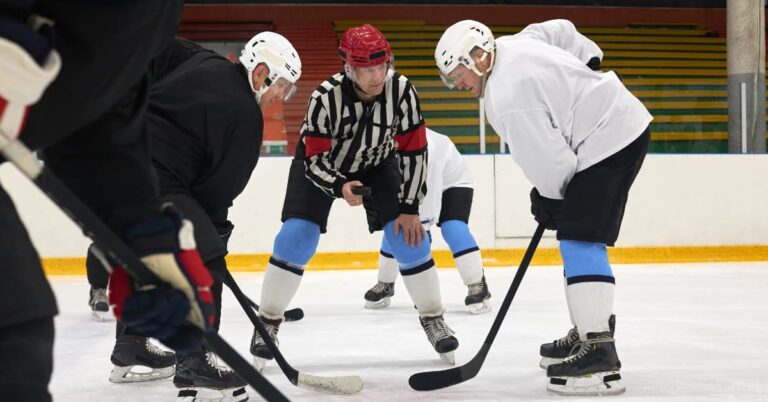
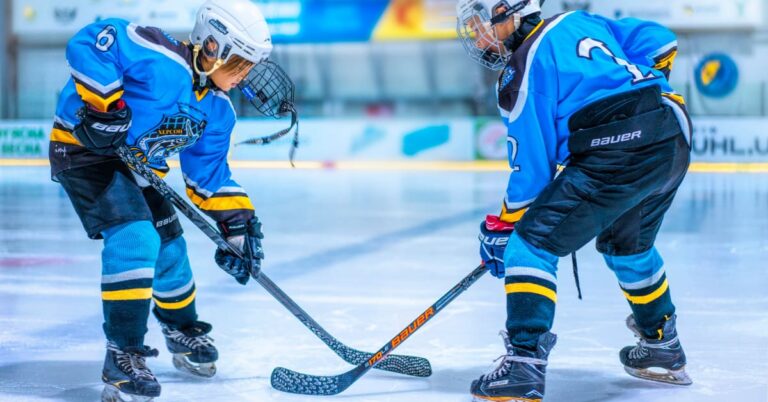
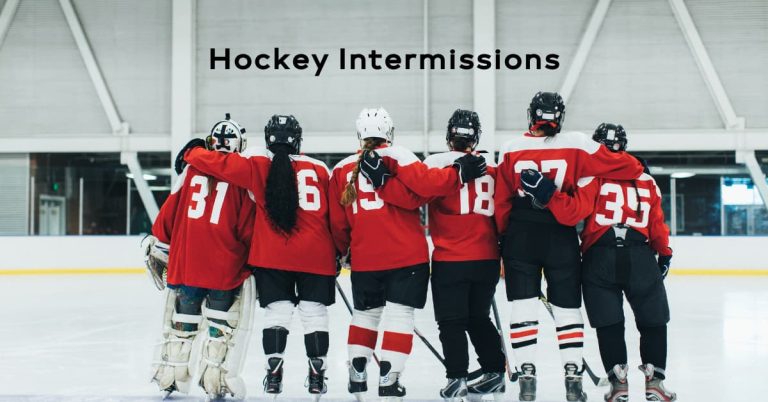
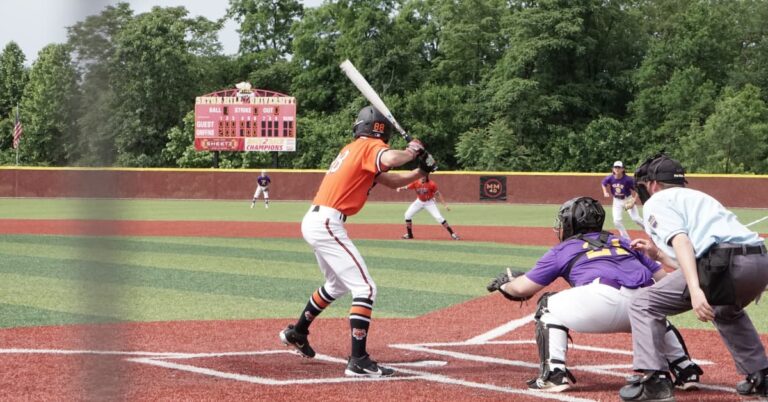


One Comment
Comments are closed.